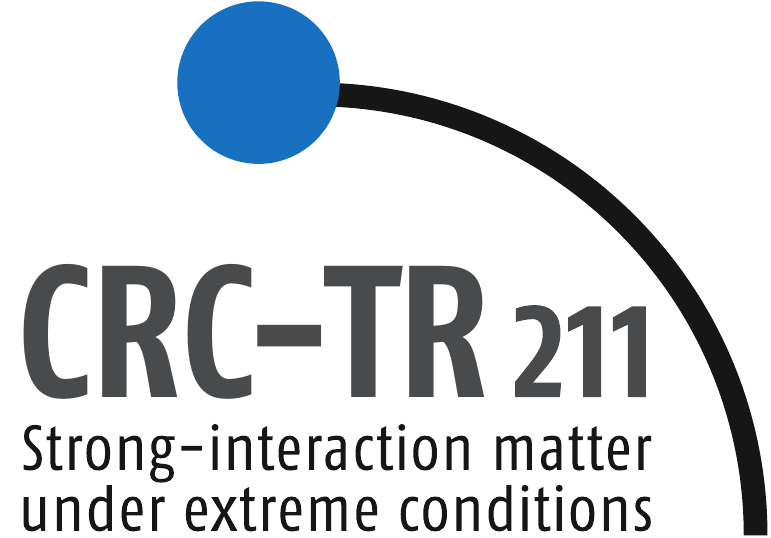 Transport Meeting
Transport Meeting
 Transport Meeting
Transport Meeting
Venue: Physics Building, Max-von-Laue-Str. 1, PHYS 02.116
Time: Thursday, January 16, 2:15pm (s.t.)
Contact: hees@itp.uni-frankfurt.de
I will discuss several effects of the possible modification of the nucleon-nucleon potential close to QCD critical-end point (CEP). In a simplified model of the nuclear interaction close to the CEP, we noted that the attraction is likely to dominate over repulsion. This would develop important nuclear correlations, and perhaps the formation of pre-clusters of few nucleons with the eventual overproduction of light nuclei compared to the thermal expectations. Some nuclear ratios are proposed to test this effect in heavy-ion collisions. I will comment on the quantum effects of these systems using two approaches: the semiclassical thermal flucton, and the solution of the Schrödinger equation. Finally I will describe the case of Helium 4 and its ca. 50 excited states, which are expected to feed-down lighter nuclei, what can have some relevance for intermediate- and low-energy ion collisions.